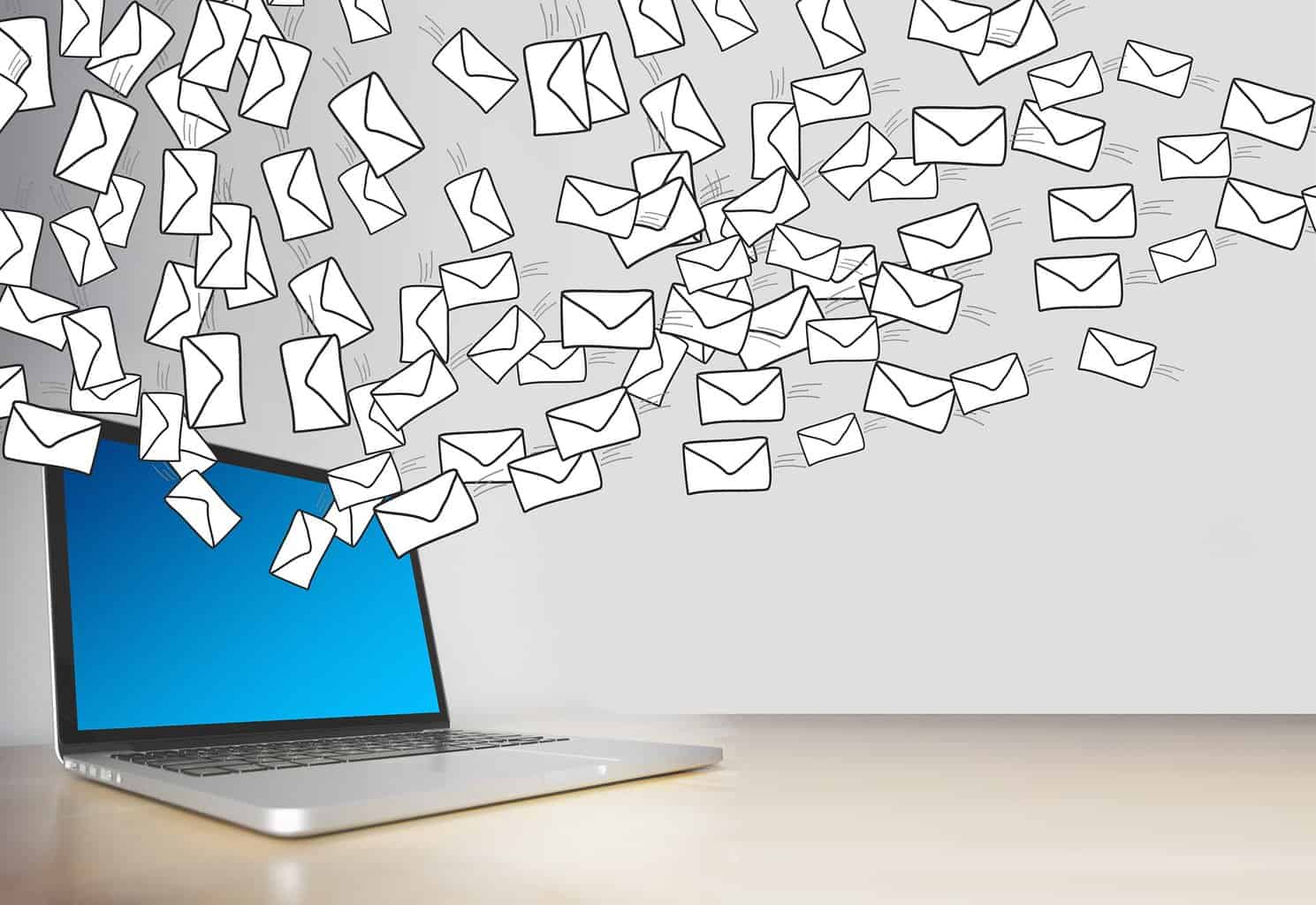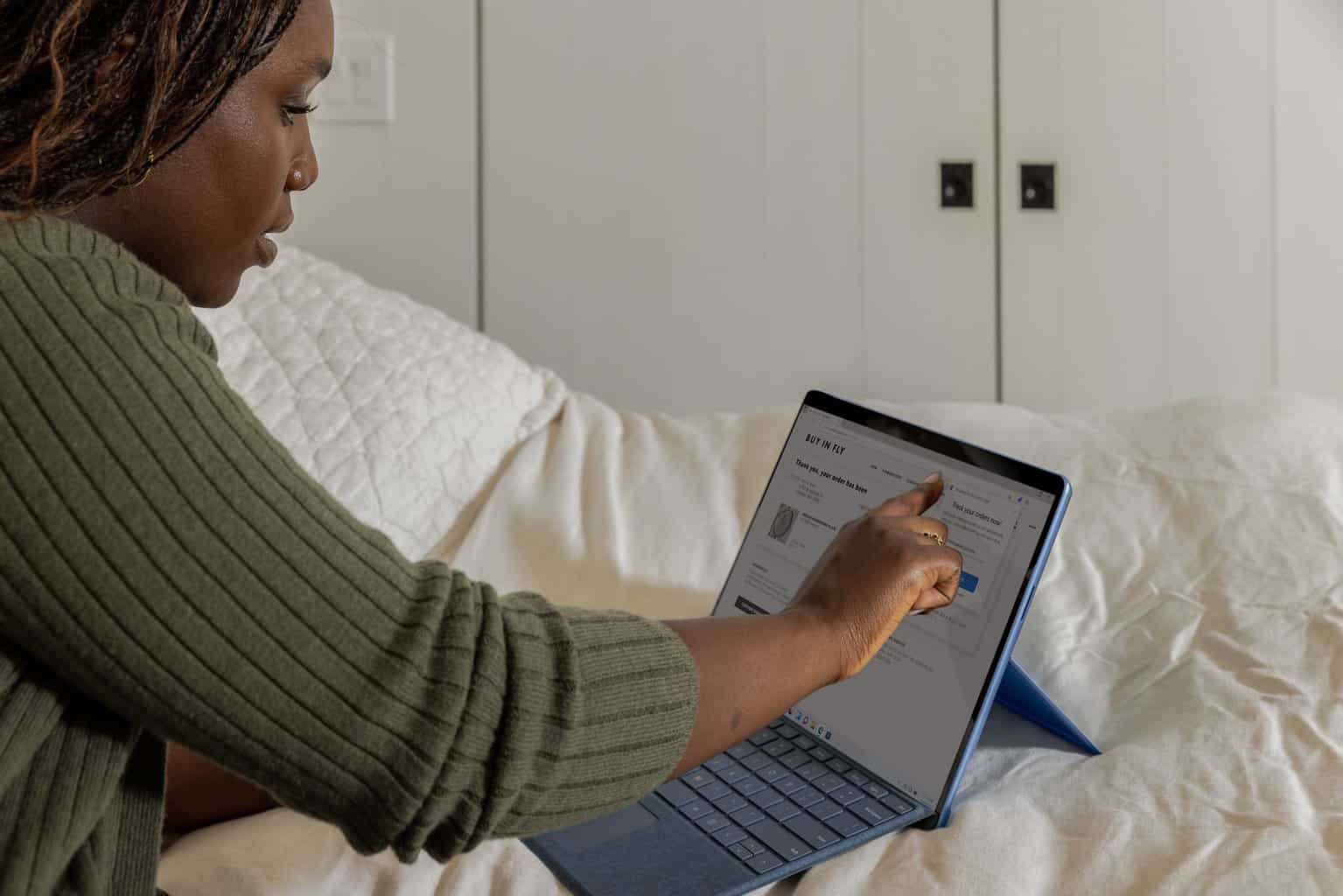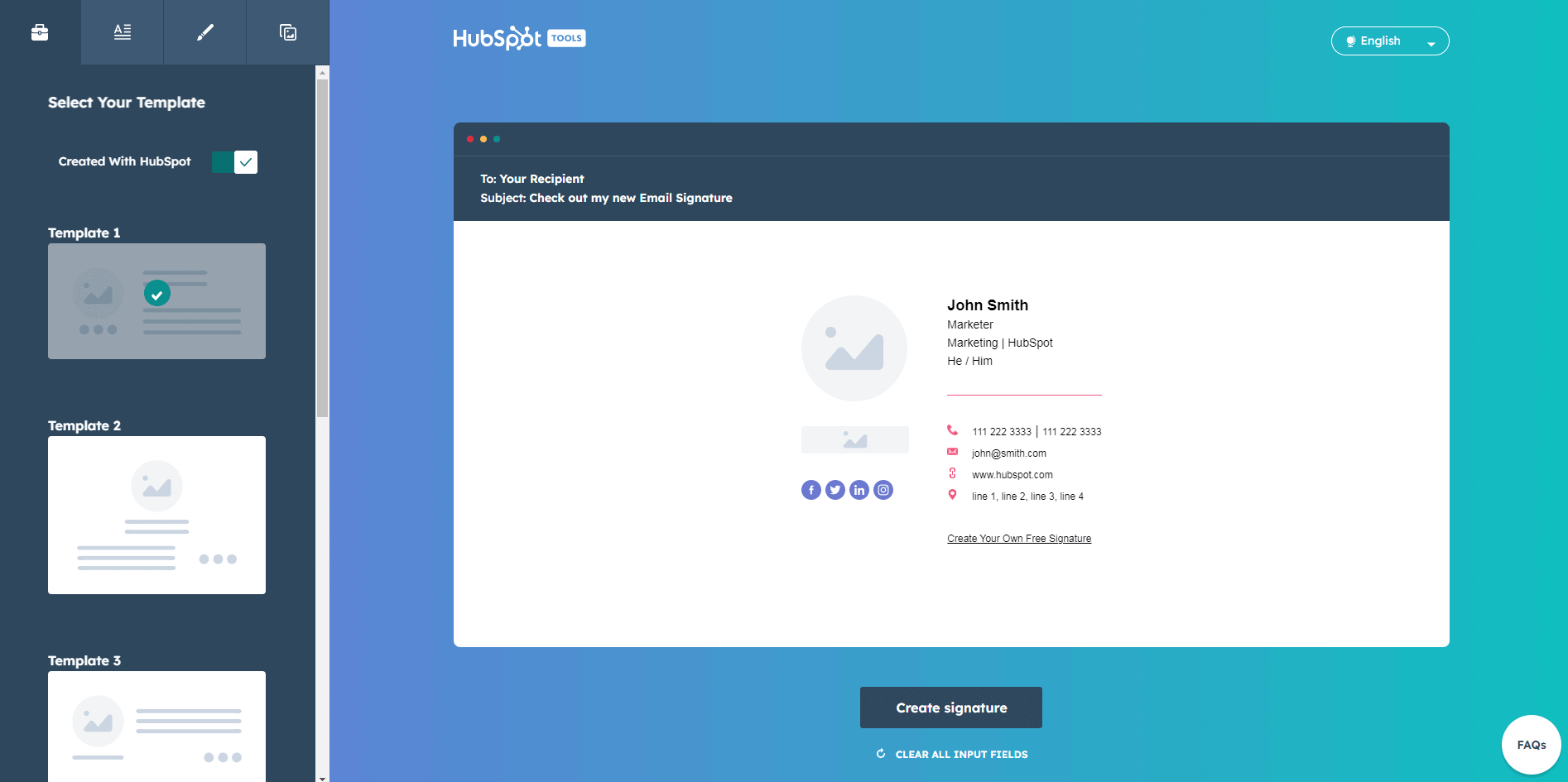
06 Dec Everything You Need to Know About Email Signatures
If you’re new to the idea of email signatures and need some help creating one, you’ve come to the right place. Today, we’ll be teaching all about what to use them for and how to design one.
You’ll learn what components should be in your email signature, what components you should steer clear of, and how to make the most of email signatures. Additionally, we’ll even recommend a free tool to help you on your way.
What should a good email signature contain?

Having two corporate email signature block variations is a frequent practice in business communication. When sending fresh emails, you use the first version.
You utilize the second, simpler version when sending or replying to emails internally. Let’s start with the signature you can include in new emails to begin a business interaction online.
New emails should have the following components in their email signatures:
- both first and last names
- title and division
- phone number and email address
- name and logo of the business
- company’s physical location
- links to official corporate accounts on social media platforms
- disclaimer
- banner (optional)
The best file formats for emails signatures
There is no need to limit your receivers’ access to certain types of material when you exchange links to images, videos, PDFs, spreadsheets, or presentations. Simply encode the content into common formats rather than requiring your audience to convert it into strange proprietary ones. The following popular file types are supported: jpg, gif, png, BMP, tif, pdf, doc, xls, ppt, csv, and swf.
However, all platforms do not support several file types, particularly video codecs. Consult the documentation for your platform if you want to attach audio recordings, movie trailers, or other comparable content. Also, keep in mind that some platforms need to install additional software before seeing non-image content.
The do’s and don’ts of a second email signature

Do: Make it social
Social media is a crucial component of the marketing mix. To connect social and email, you should employ personalized email signature styles. First, offer recipients a sample of your material by including a recent Tweet or a blog post excerpt under your signature (the entire post won’t fit). Add a social media icon after that so users can quickly follow or share.
Don’t: Don’t overcrowd it
It serves no purpose to include your autobiography in an email signature. Your potential clients will become disinterested if you overcrowd your signature with links and data. Additionally, it is quite unlikely that anyone will ever open an endless list of URLs.
Do: Be consistent
Your email signature should match the visual branding used throughout your entire business. Consider adding a staff photo (again, as a link to an external file), a little corporate logo, or just some color derived from your visual identification (but don’t go overboard).
Don’t: Use animation
With great caution, use animation in email signatures. Not all email clients can play embedded videos or animated GIFs. For instance, due to the functionality of the email editor, animated GIFs do not function in all versions of Outlook.
You can never be certain that the animation you include will be visible to your audience. This implies that the animation or video will crash.
Do: Use a professional headshot or logo
Another suggestion for making a lasting impression is to use a headshot as opposed to a selfie. Try to project a professional image in the photo by dressing formally, maintaining a tidy appearance, gazing straight into the lens, and posing against a plain background. The logo works the same way if you wish to speak more on the company’s behalf rather than your own.
Don’t: Use too many colors or fonts
Nowadays, minimalism is chic. Do not use your email signature as a showcase for your graphic design abilities; rather, treat it as a signature. Use a minimal number of colors and just one typeface style to avoid unduly complicating the design.
Consider drawing inspiration from the hues of your brand as a pro tip. This will make it simpler for people to recognize your brand since consistency is important, as we all know.
It adds a lovely touch of uniformity when the email and signature are written in the same typeface. Pick a font style and size that are simple to read (e.g., Arial, Calibri, Tahoma, Verdana, Gill Sans, and a few others).
What to use to create an email signature
There are plenty of email signature tools out there, and you can even hire a graphic designer to create one for you. Still, in our opinion, HubSpot’s completely free email signature template is the best way to go for beginners.
Final Thoughts
You are now aware of the key factors to take into account while creating your email signatures. You can create email footers that are more expert, educational, and appealing by using them as a model. Additionally, they can support your sales efforts.




No Comments